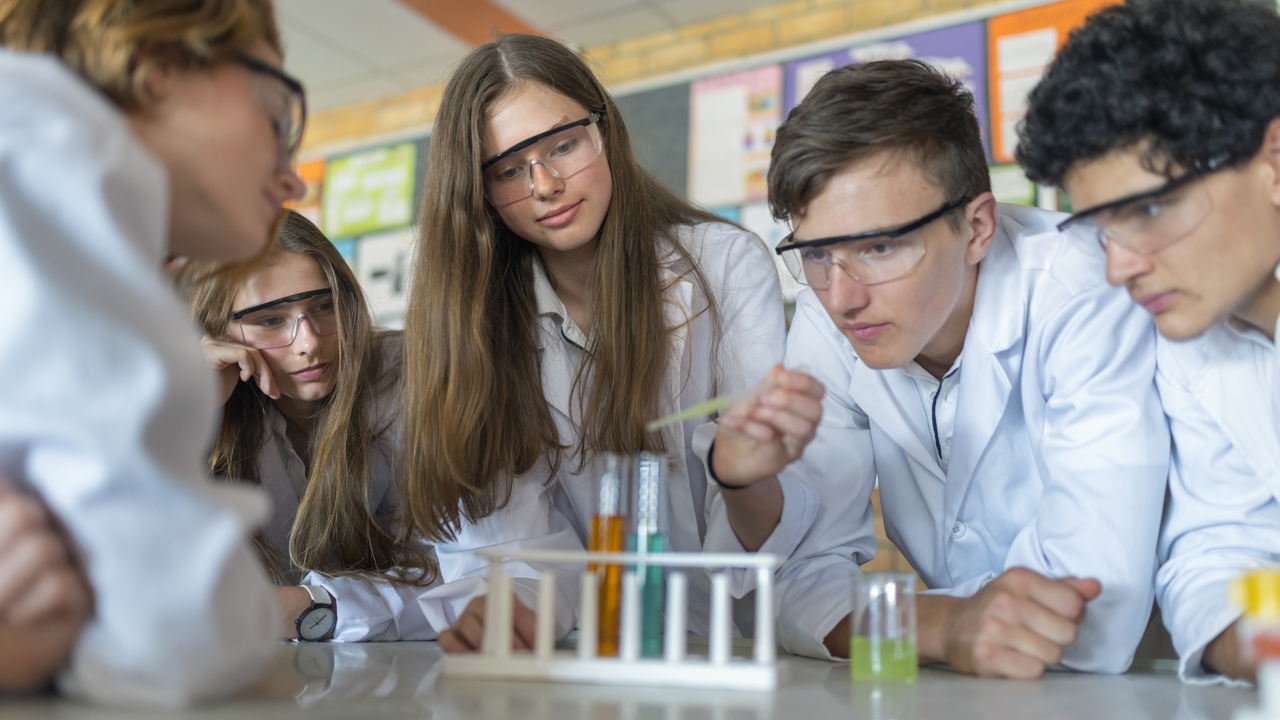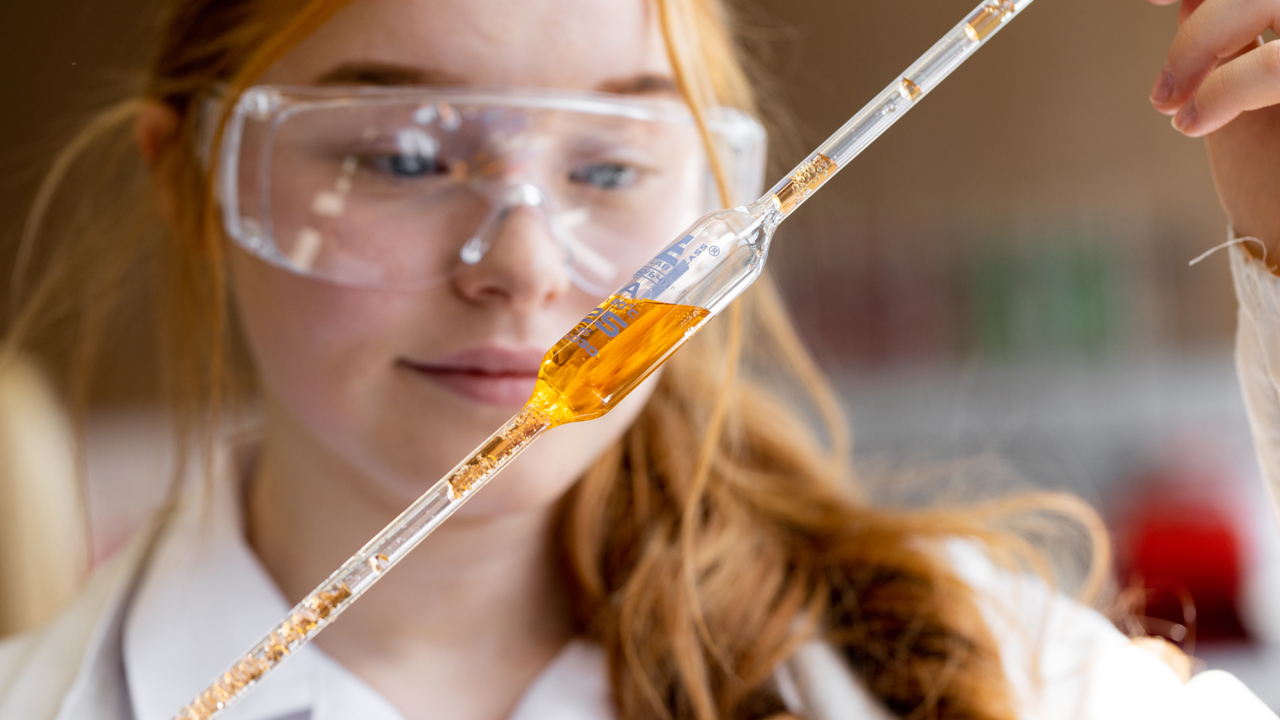Many, many, more girls needed to study engineering and tech degrees to reach an equal gender balance
A new research report, released today by EngineeringUK, reveals the staggering increase needed in the number of girls studying maths and/or physics at A level, in order to reach equal numbers of male and female students studying engineering and technology degrees.

With the current conversion rate from A Level to undergraduate study, around 150,000 girls would need to study A levels in maths or physics (or both), in order to reach the same number of male undergraduates. This is a significant increase of around 115,000 girls compared to current numbers.
The ‘From A levels to engineering: Exploring the gender gap in higher education’ report, which follows International Day of Women and Girls in Science, reveals that 23% of male students who studied A levels in maths or physics, or both, went on to study engineering and technology in higher education. However, just 8% of female students who took the same subject(s) went on to study engineering and technology degrees.
This translates to a stark gender divide, with only 18% of those studying undergraduate degrees in engineering and technology being female, compared to 57% for all degree subjects combined.
We need to encourage more girls to go into engineering and technology
Dr Claudia Mollidor, Head of Research and Evaluation at EngineeringUK, comments, “The gender disparity within undergraduate degrees in engineering and technology is really concerning. Given that A levels in maths and physics are often a prerequisite for such degrees, we need to do more to make sure these subjects are attractive and accessible to girls at school. Particularly given we know girls perform as well as boys, or even outperform them, in these subjects.
“Cultivating this interest and appetite at an early stage will be crucial, so that when it comes to selecting GCSEs and A levels, girls are informed and inspired to choose subjects that will allow them to progress into engineering and tech careers.
The report, which is based on Higher Education Statistics Agency (HESA) data, reveals that of the first-year undergraduates in engineering and technology who had studied both maths and physics at A level, only 22% were female students. However, when looking at these subjects separately, the figures jump to 50% of female students having taken maths only and 31% physics only. This highlights the importance of continuing to move away from the preferred prerequisites for these courses being A levels in both subjects and widening the entry qualifications accepted - in order to address gender imbalances.
“With the UK challenged to meet net zero by 2050, there is an urgent need for more young people to enter into engineering and technology careers. However, at present just 16.5% of the engineering workforce are female,” comments Claudia Mollidor.
“It’s clear the UK will struggle to get on top of its acute skills shortage, if it fails to increase the number of women entering into engineering-related careers. The first step to addressing this is to increase girls’ interest and engagement with science and maths at school.”
More encouragingly, for students with A levels in both maths and physics, engineering and technology is the top higher education study subject of choice. However, there is still a gender imbalance here with 39% of male students choosing the subject vs 29% of female students.
Download the ‘From A levels to engineering: Exploring the gender gap in higher education’ report.












